In This Article
Want to soak in more of Tuscany without straying far? These trips from Florence offer hilltop towns, vineyards, and Renaissance treasures just a train ride or drive away!
If you are in a hurry, I recommend:
- Wander the medieval streets of Siena and climb the Torre del Mangia.
- Sample world-class wines in Chianti’s rolling vineyards.
- Explore the towers and charm of San Gimignano.
- Admire the Leaning Tower and piazzas of Pisa.
- Relax in the thermal baths of Montecatini Terme.
Unique Day Trips from Florence:
1. Arezzo
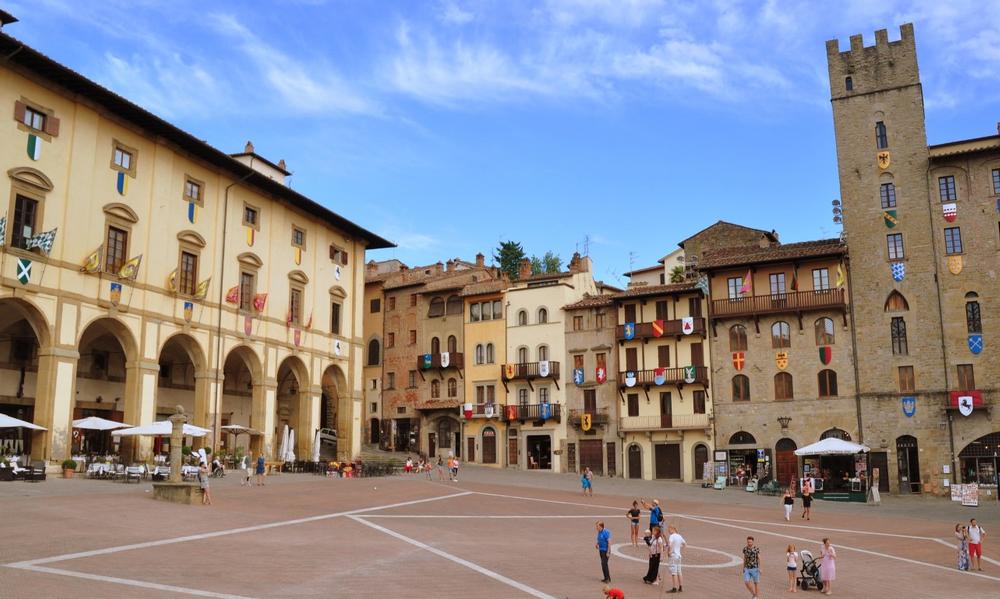
© thauwald-pictures/stock.adobe.com
Arezzo is a beautiful romantic destination. Highly recommended!
-
Q: Where is Arezzo located?
A: Arezzo is a hilltop town in southeastern Tuscany, located at the juncture of four valleys.
-
Q: Why is Arezzo archaeologically significant?
A: Arezzo is known for its ancient archaeological importance, including the discovery of the man of the elm, an early human ancestor from the Paleolithic era, and many early stone tools.
-
Q: How far back does Arezzo's history go?
A: The modern city dates back to the 9th century BC, making it a site with a rich historical background.
-
Q: What historic sites can visitors see in Arezzo?
A: Visitors can explore fortresses, churches, museums, monuments, and the remains of a Roman amphitheater.
-
Q: How far is Arezzo from Florence?
A: Arezzo is just over an hour from Florence, making it a perfect destination for a relaxing day trip.
-
Q: Why is Arezzo a good alternative to other Tuscan cities?
A: Arezzo is not included in most tourist itineraries for Tuscany, offering a quieter and more relaxing experience.
2. Bologna
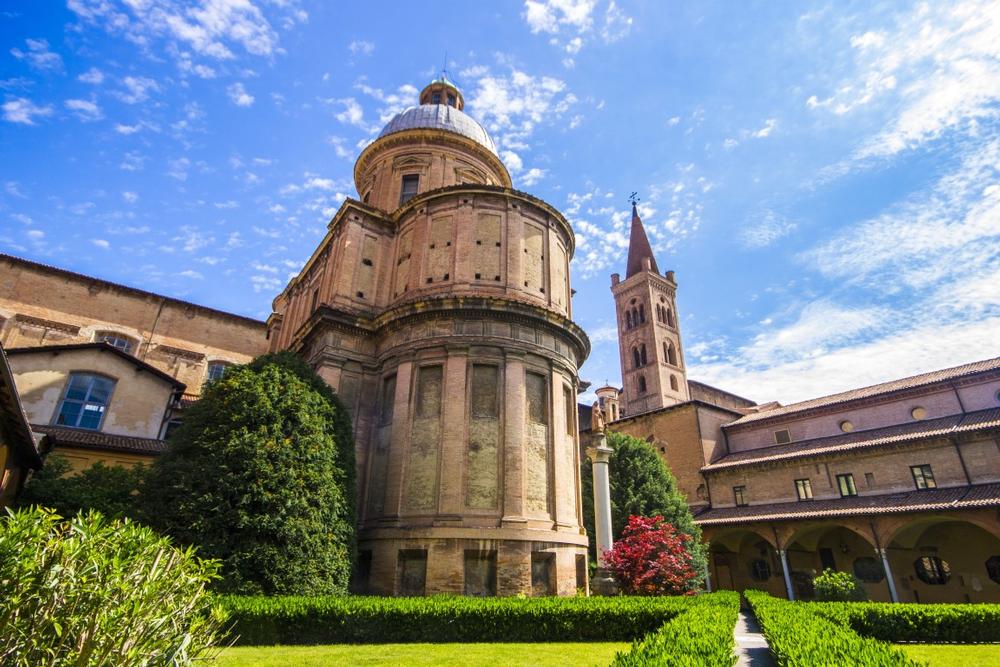
© J. Ossorio Castillo/stock.adobe.com
The University of Bologna is the oldest university in Europe and named after its home city of Bologna. This city is also the home of a well-known Romeo and Juliet type love affair between two teens who fell in love, although their families forbade it. The story is a sad and fatal one, much like the Shakespearean play, but visitors who love a good love story come from all over the world to visit Bologna. There are also many historic archaeological sites such as the first century Teatro Romano, and the ancient town of Marzabotto, among others.
Most visitors travel the hour and a half from Florence to Bologna to visit the museums and architecture of the city. Bologna is home to more than 50 museums, including the National Gallery, The Civic Archaeology Museum, The Medieval Museum, and the Municipal Art Collections, to name a few.
3. Chianti
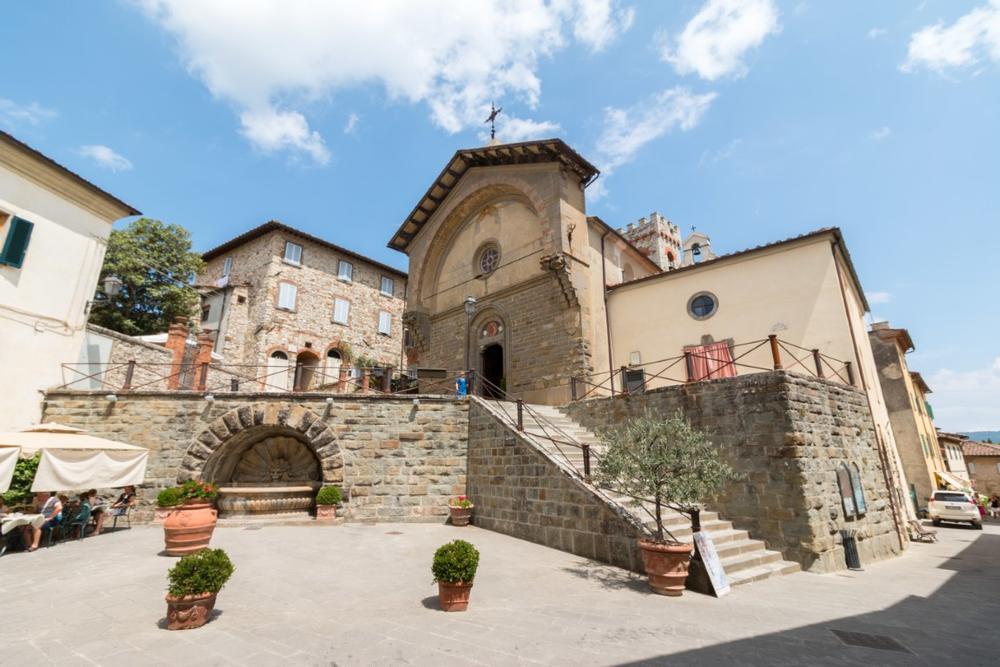
© Patrick Daxenbichler/stock.adobe.com
Most people recognize the name Chianti
as a wine; however, it is a region that extends from Florence to Siena and is full of vineyards and olive tree groves. Chianti is a vast wine region of Tuscany and also provides a rural, countryside atmosphere with small villages with stone homes, parishes, and rolling green hills.
Most visitors to Chianti travel the region on a wine tasting tour; however, there are other great attractions such as roaming the Medieval walled villages, visiting the ancient castles, and the Chianti Sculpture Park. There are also food tours available for Chianti that offer private tasting at numerous restaurants.
4. Cinque Terre
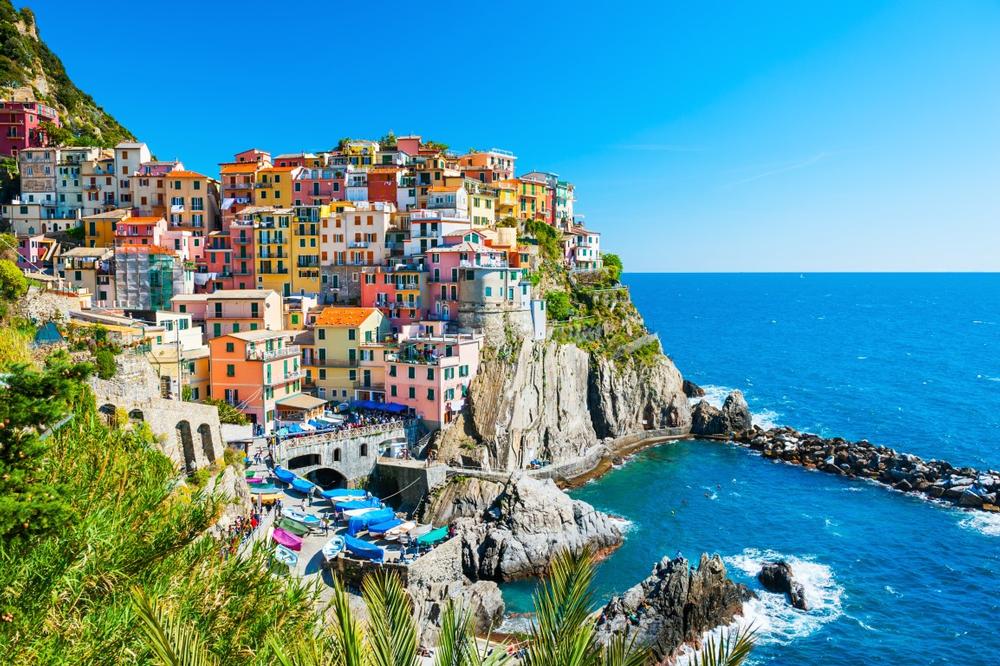
© smallredgirl/stock.adobe.com
Five towns—Riomaggiore, Manarola, Corniglia, Monterosso, and Vernazza, make up the Cinque Terre region on the north end of the Italian Riviera. These cliffside towns overlook the sea Mediterranean Sea, and were named UNESCO World Heritage Sites in 1997.
Monterosso Mare is known for its beautiful beaches, while Vernazza has the only natural harbor in Cinque Terre. Corniglia and Manarola are both known for their colorful, pastel houses that cascade up the cliffside, and Riomaggiore is home to the Sanctuary of Madonna di Montenero and the Cinque Terre
National Park. Cinque Terre is also surrounded by vineyards and is where the Doc Cinque Terre White Wine is made.
5. Cortona
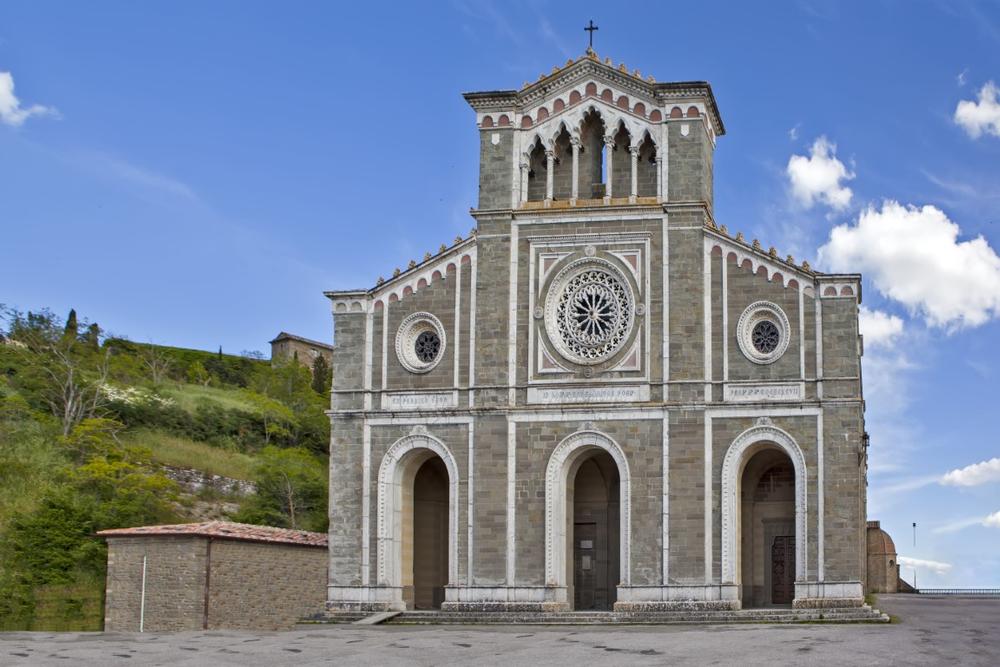
© aphonua/stock.adobe.com
Visitors to Italy who want to experience an iconic hillside Tuscan town can visit Cortona
, where the only way to travel through the town is uphill or downhill, and only one single road runs horizontally.
Cortona is the perfect place to spend a day away from Florence for visitors wanting to learn about the Italian Renaissance.
Some of the best attractions to see in Cortona include the Cortona Etruscan Museum, where art from all over the world is displayed or the Cortona Diocesan Museum where visitors can see Renaissance art. The Piazza Della Repubblica is the center of town and a lively area for tourists, and from the Medicean fort on the top of the hill the whole Val di Chiana can be seen.
Romantic Day Trips from Florence:
6. Fiesole
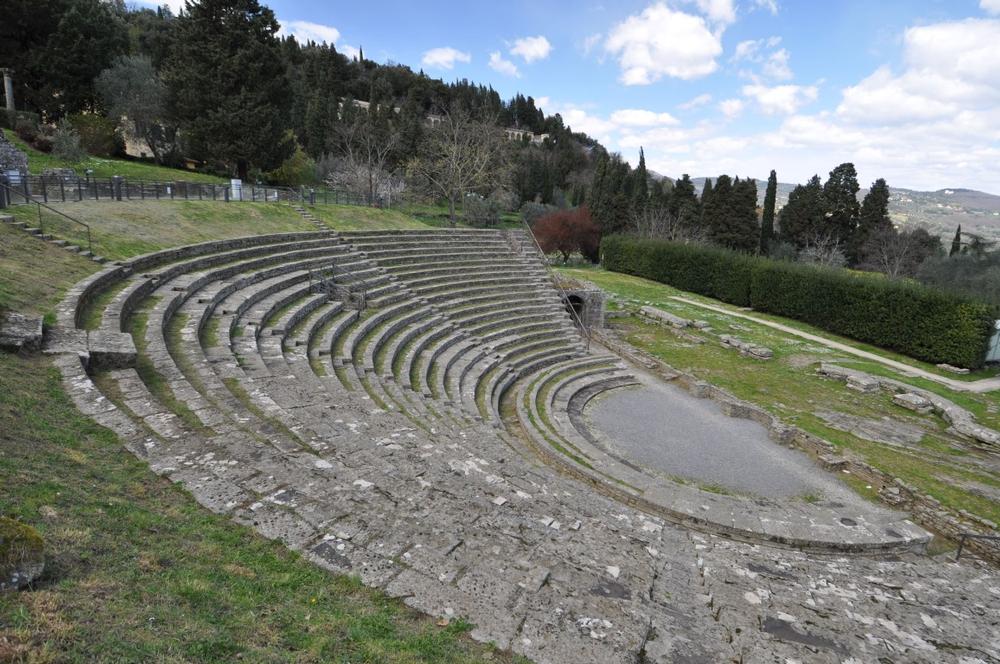
© iza_miszczak/stock.adobe.com
People who are looking for a reprieve from the summer heat and Mediterranean humidity of Florence can venture up to Fiesole, an often-overlooked village full of charm and easily accessible from the valley below.
Fiesole dated back to the 9th century BC and was conquered by the Romans. Historically, the wealthy in Florence had properties in Fiesole, and many of these still stand today.
A few of the most popular attractions to see in Fiesole
include Badia, an ancient cathedral, the Bishop’s Palace where St. Andrew Corsini lived for a time, and died, as well as the Church of Primerana where St. Andrews’s death was prophesized. A Medici Villa can also be toured as well as many other historic homes.
7. Greve

© ombre spagla/stock.adobe.com
The gateway to the Chianti region is Greve, a tranquil town surrounded by vineyards, and where the local commune headquarters are located. Greve is a defining landmark between Siena and Florence and offers magnificent villas, bed & breakfasts, and other accommodations for visitors wanting to explore Tuscan wine country.
Greve offers covered sidewalks that lead visitors past restaurants, boutiques, shops, and galleries. The town can be traveled by foot with great attractions, including Santa Croce Church where the original 14th-century fresco Virgin Mary with Child by Lorenzo di Bicci is found. Next door is the Museum of Sacred Art, and the Wine Museum is nearby as well.
8. Livorno
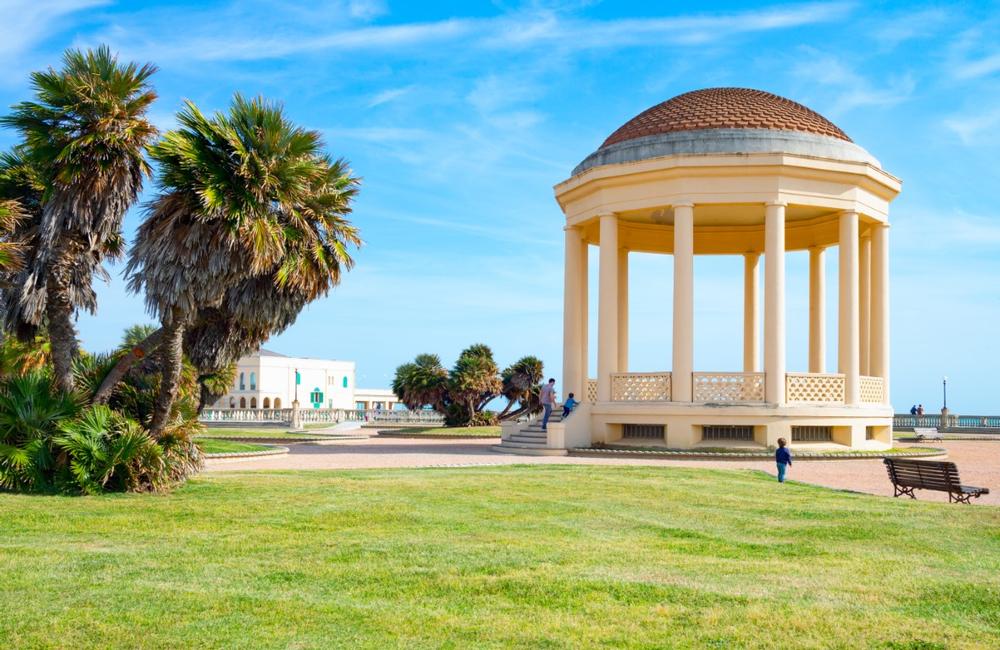
© giumas/stock.adobe.com
Serving as a port on the Tyrrhenian Sea on the Tuscan coast, Livorno is a popular stop on cruise ship itineraries and as a ferry port to the nearby islands. Livorno is a newer city by Italian standards, being built for the port in the 16th century.
Visitors to Livorno can explore the New Venice district that is surrounded by 17th-century canals and merchant homes and warehouses that have been turned into shops, restaurants, and bars that have boat docks instead of parking lots. There are also fortresses from the 16th century and historic churches that can be seen in Livorno.
Family Day Trips from Florence:
9. Lucca
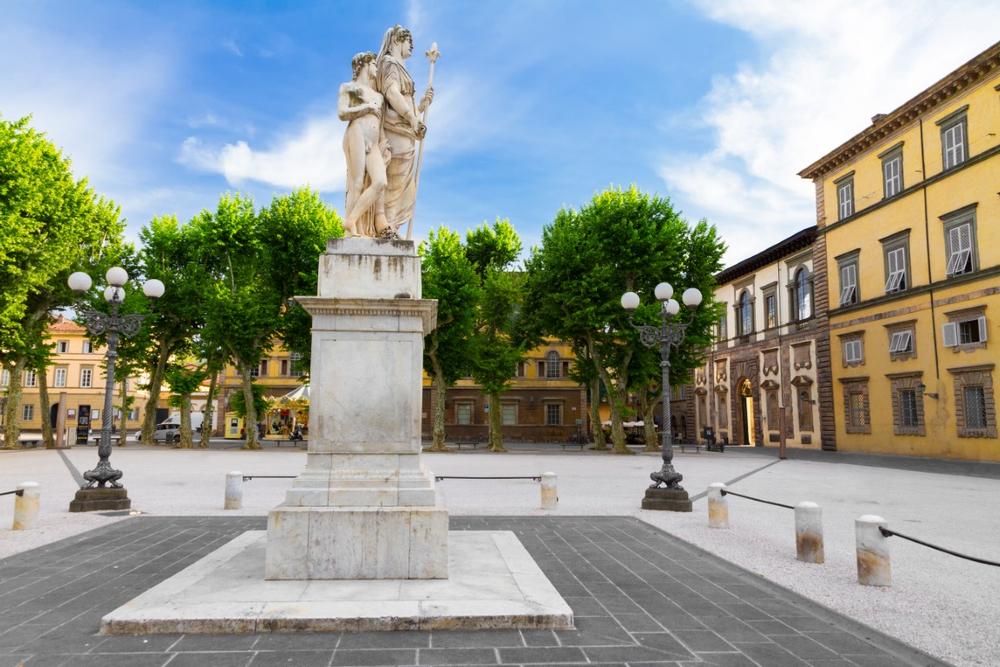
© Frank/stock.adobe.com
Lucca is one of the most beloved cities in Tuscany and an easy day trip from Florence. The town sits at the base of the Apuan Alps just thirty minutes from the western coast. Lucca is a great town for people with mobility issues to spend the day because it is not built in the hills like so many other historic Tuscan towns.
Some of the most popular ancient attractions to visit in Lucca
include the Piazza dell’ Anfiteatro, 12th-16th-century villas, the pedestrian promenade made from the ancient city walls, and the Basilica of San Frediano. There are many other historic churches including the Church of Saints Giovanni, from the 12th century.
10. Montalcino
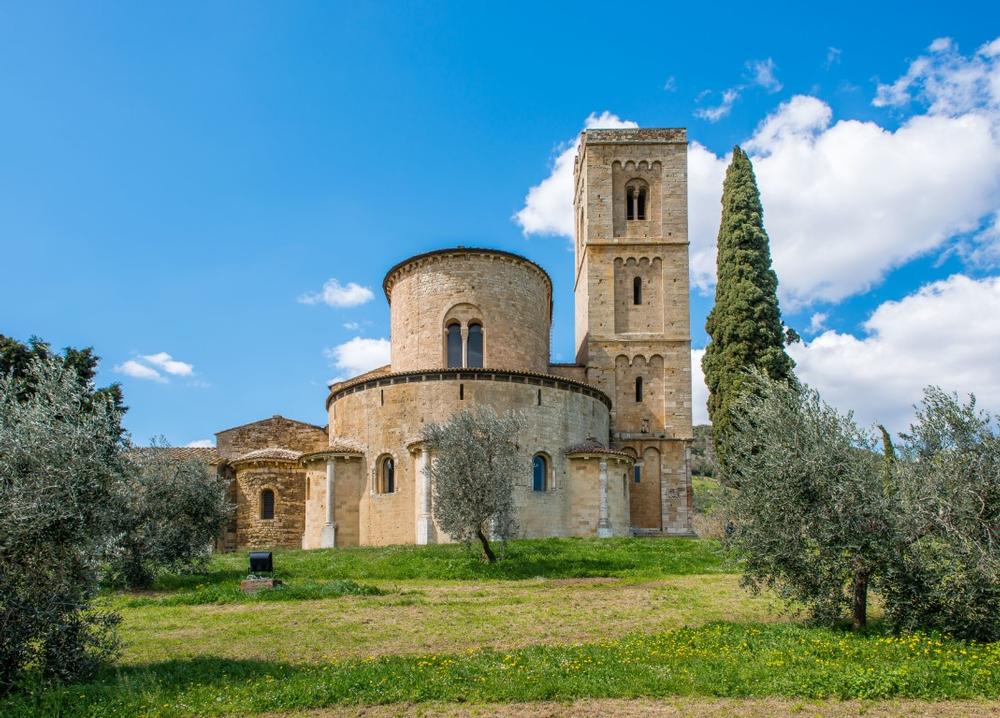
© Fabio Lotti/stock.adobe.com
Located within the rolling hills of Val d’Orcia is a 14th-century Medieval town and UNESCO World Heritage Site called Montalcino. The military layout, narrow streets, and preserved architecture welcome visitors from all over the world to a city that has been caught in time.
Some of the most popular places to visit in Montalcino are the historic religious sites such as the Diocesan Museum of Sacred Art, the Neoclassical Cathedral, Sanctuary of Madonna del Soccorso, and Church of Sant’ Agostino. The town hall also dates to the late 1200s and many surrounding buildings that are centuries old. Montalcino is also known for the production of Brunello wine, honey, extra-virgin olive oil, and cheeses, so culinary tours are a significant draw for visitors.
📔 I get asked this a lot so I decided to include it:
-
Q: Where is Florence located?
A: Florence is the Tuscany region’s capital city, located in central Italy.
-
Q: Why is Florence a popular tourist destination?
A: The city is highly rated for its historical significance as the birthplace of the Renaissance.
-
Q: What types of accommodations are available in Florence?
A: Florence has everything from five-star hotels to hostels, providing options for all travelers.
-
Q: Are day trips from Florence possible?
A: Yes, visitors can stay overnight in Florence and take day trips to many surrounding destinations.
Best Time for Day Trips from Florence, Italy:
- April to June – Spring offers blooming countryside, mild weather, and perfect conditions for vineyards, villages, and gardens.
- July to August – Summer brings sun-drenched landscapes, hilltop towns, and cultural festivals—start early to avoid the midday heat.
- September to October – Harvest season is ideal for wine tasting, olive groves, and scenic Tuscan drives under golden light.
- November – Fewer tourists and cool air make this a peaceful time for museums, food markets, and thermal spas.
- December to March – Winter is quiet and cozy—great for exploring historic towns, art cities, and festive holiday scenes.
Map:
Plan Your Trip












